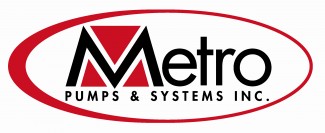
Blog
Pump Training Available
Posted by: Vito Gullo | Posted on: January 13th, 2016 | 0 Comments
Our pump training courses are tailored to the attendee. They can be an in depth look at common pump applications, including selection, operation, troubleshooting, and maintenance. Or the course can be for personnel that conduct maintenance and or operations just looking to better understand how the pump operates. In several cases we have instructed personnel how to be a forensic pump problem solver. Additionally some people not in the direct pump industry (Purchasing, general management, pipe and valve and electrical people) will find this to be a valuable course for learning the importance of proper pump operation, typical behavior in specific applications, proper piping design, the importance of proper alignments, pipe strain mitigation and reduction, and foundation/baseplate design.
These courses are taught by our experienced and knowledgeable pump experts, who can answer questions about how system changes can alter pump operation and the best way to respond to system modifications. Our pump training is designed to provide you with practical knowledge and skills required to address common concerns involving pumps. This training will give you the ability to take what you’ve learned and apply it immediately.
Seminars can be customized to meet each company’s requirements and skill levels. Our seminars normally consists of classroom and hands on work. The follow is an example of a recent seminar provided for one of our energy customers.
- How does a centrifugal pump work
- Reading a pump curve
- Why is it so important to know your NPSHA
- Overview of pump equipment and component parts
- Proper handling of equipment
- Installation procedures
- Laser alignment of pump and motor
- Proper preparation of equipment for start-up
- Start-up procedure for pumps
- Maintenance of equipment
- Disassemble and inspection of parts
- What is the proper way to inspect pumps
- Identify root causes for bearing and mechanical seal failures
- Re-assembly of equipment
- How to install and set a mechanical seal




